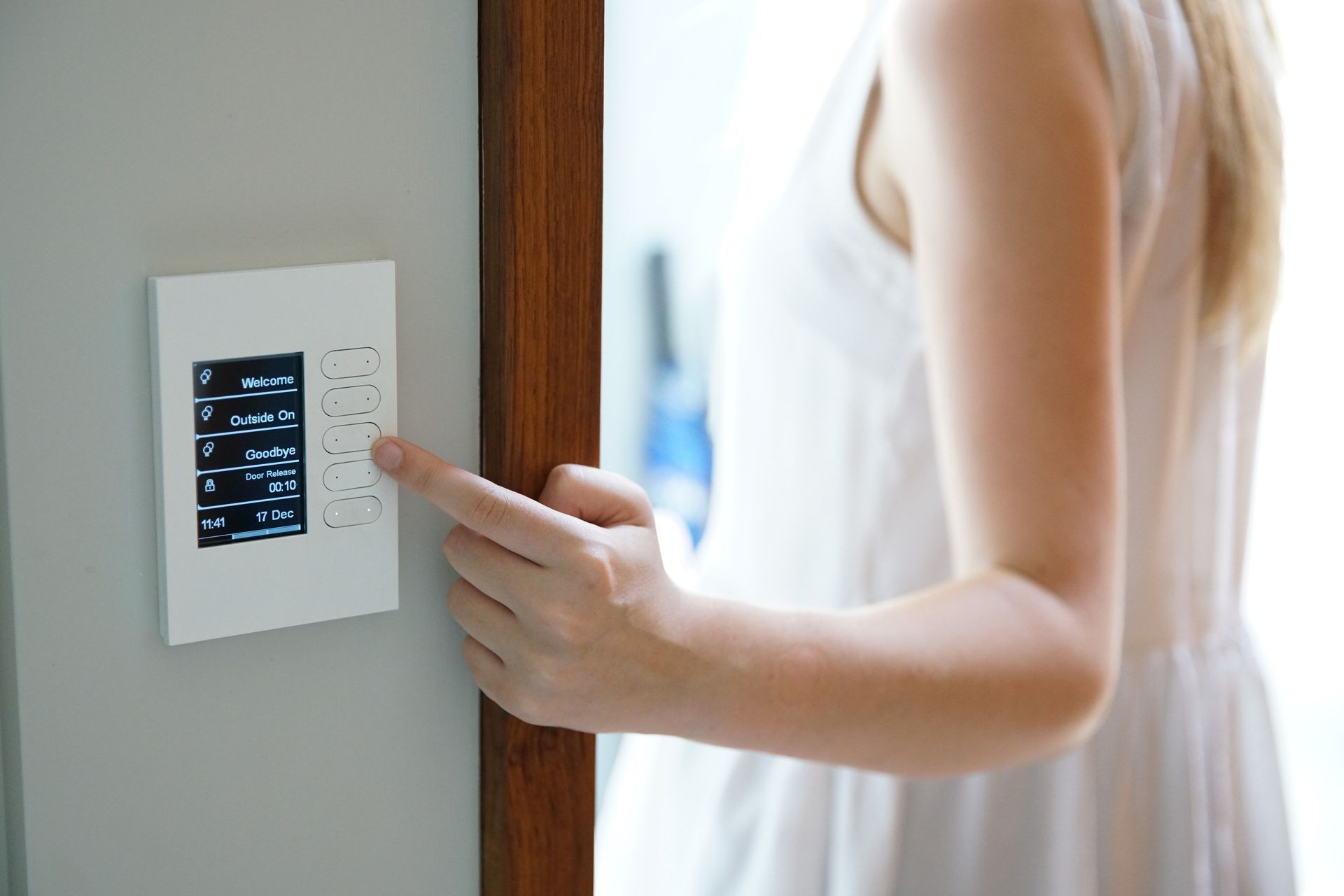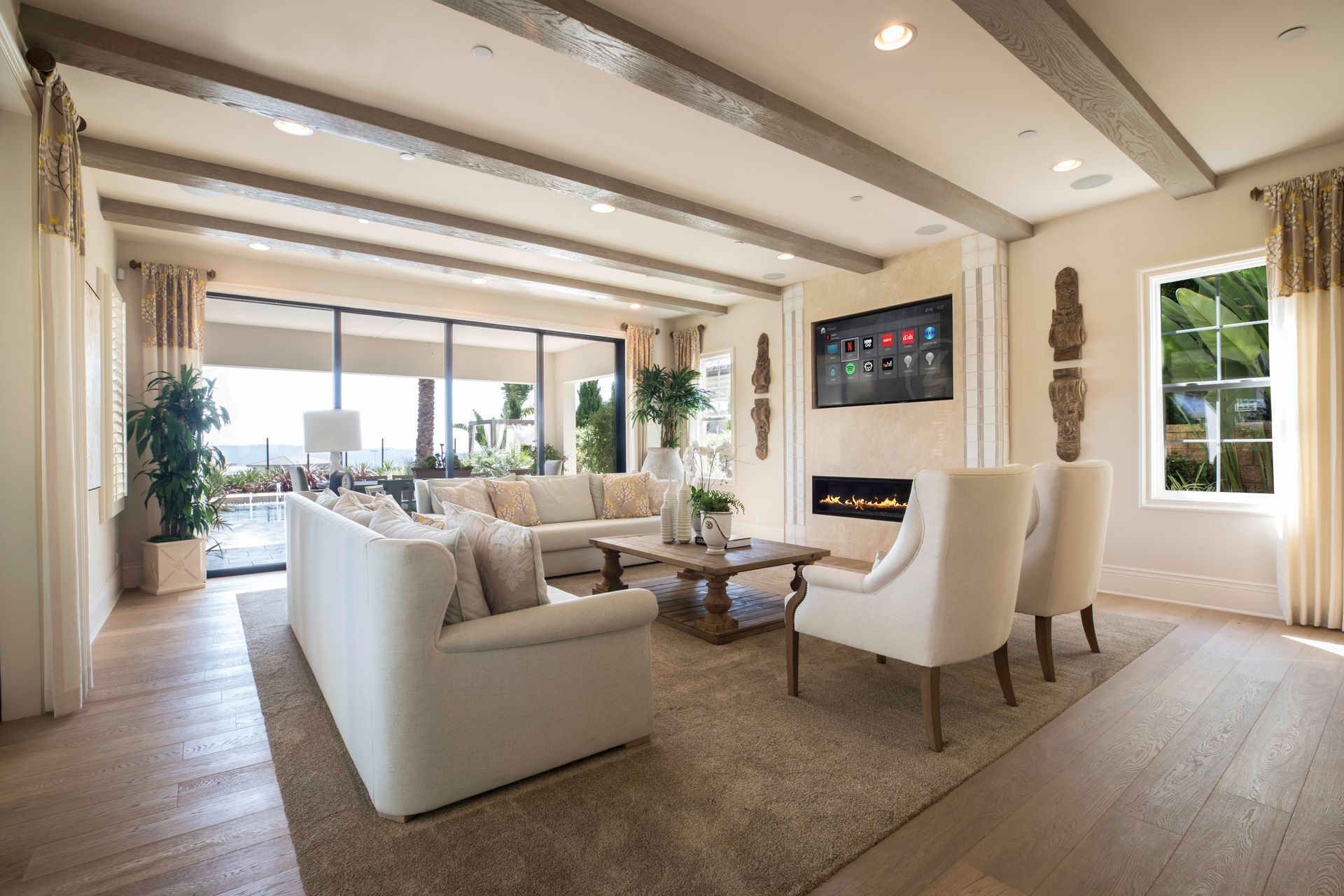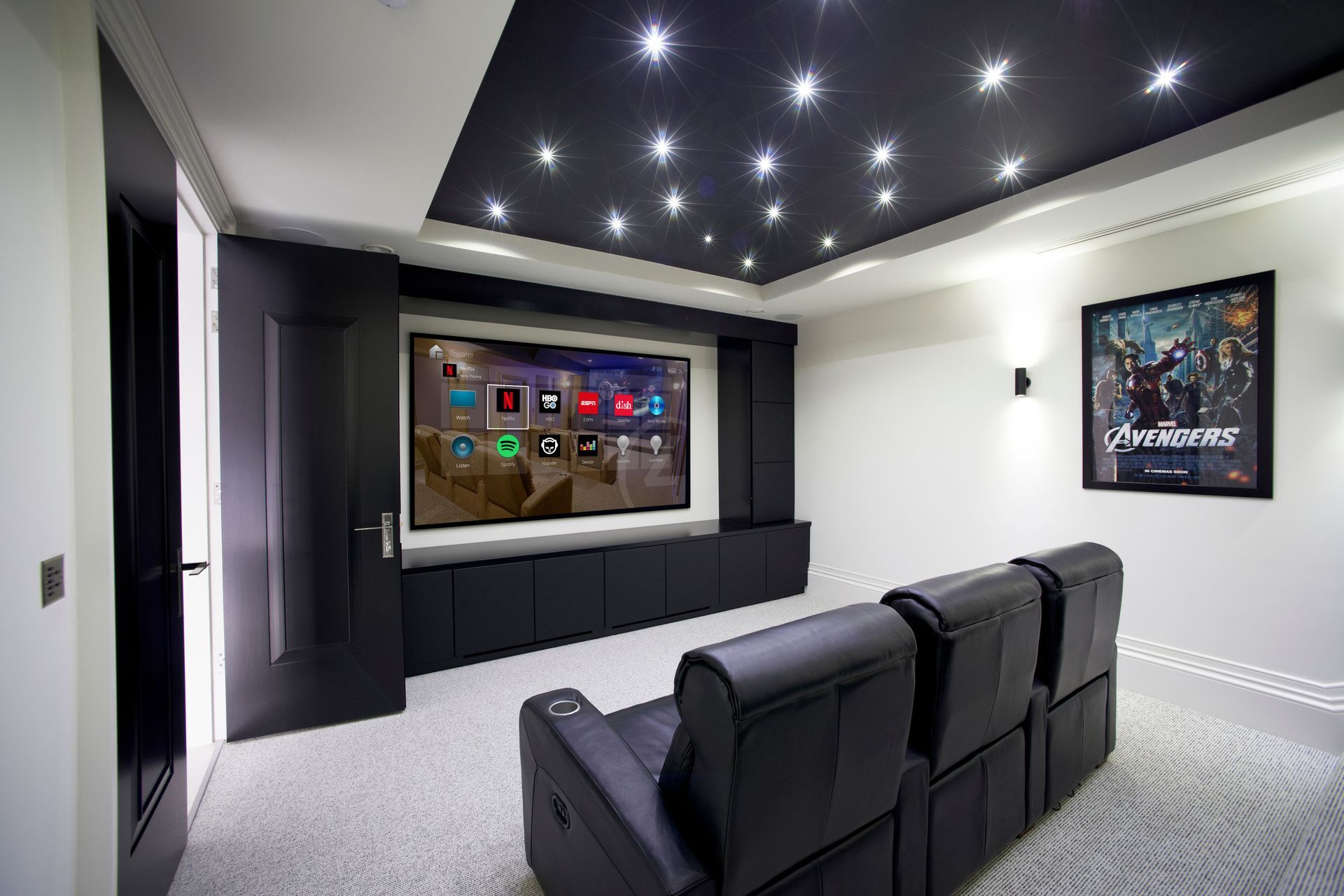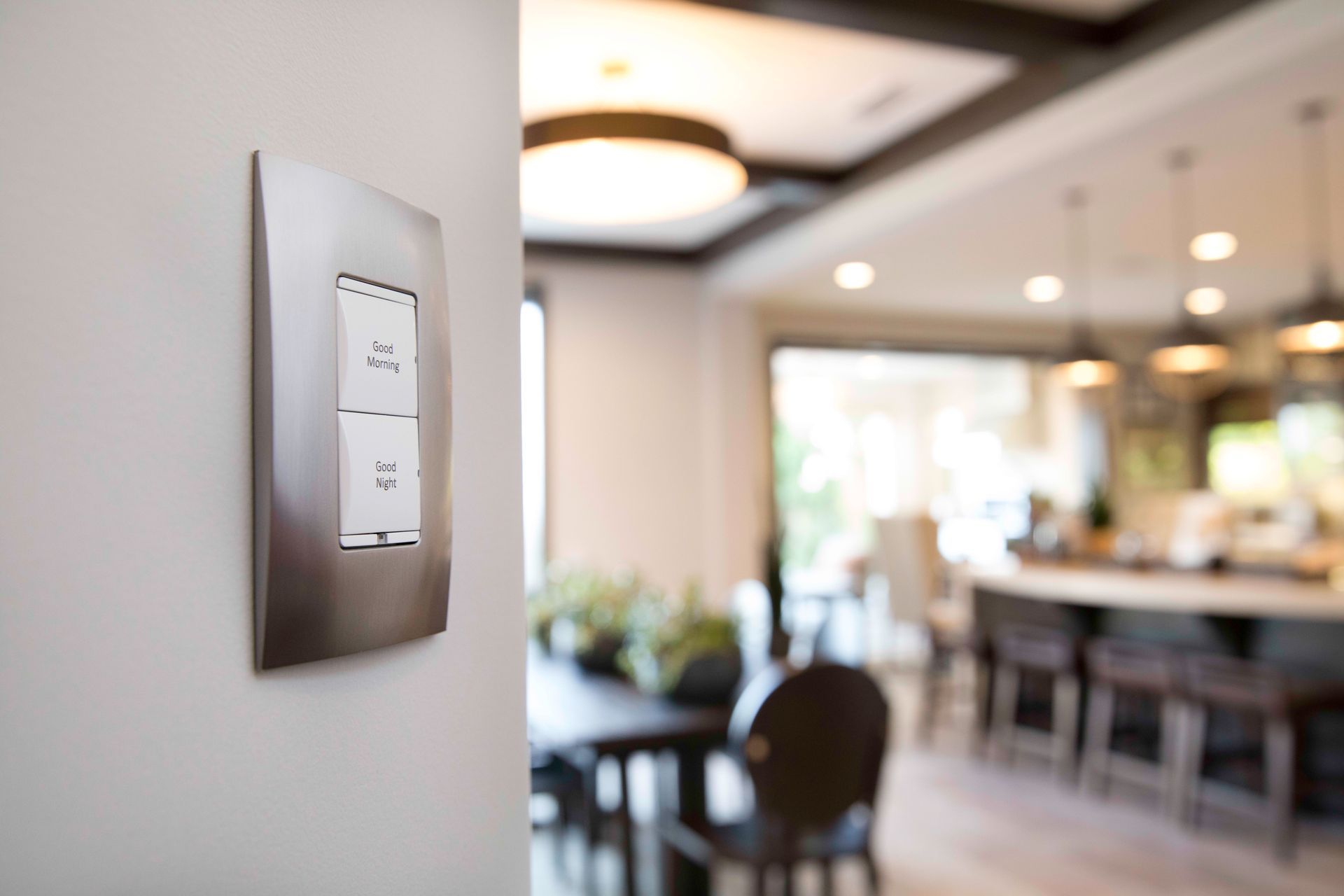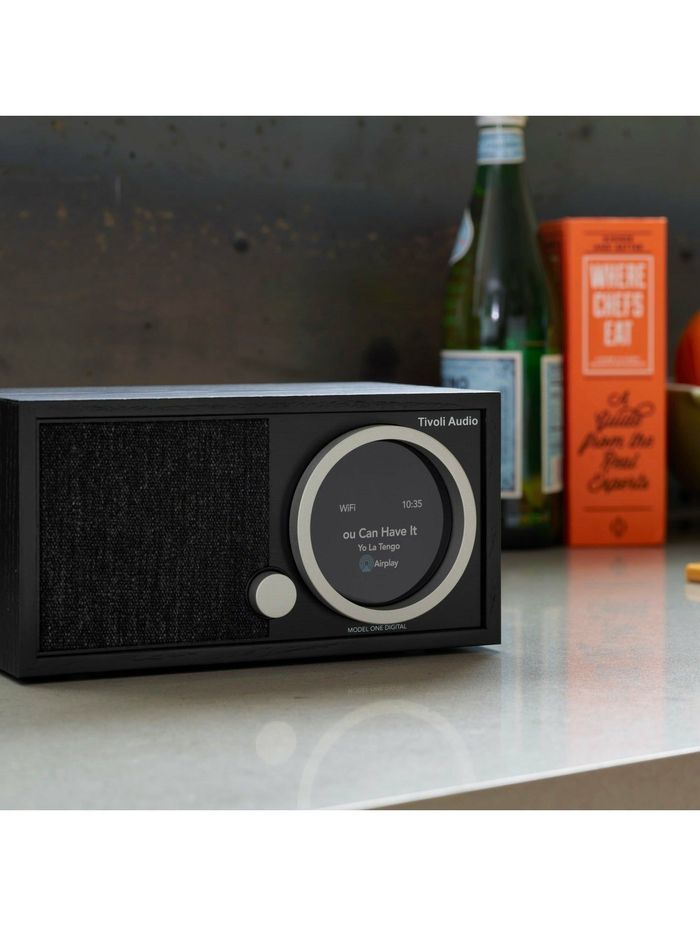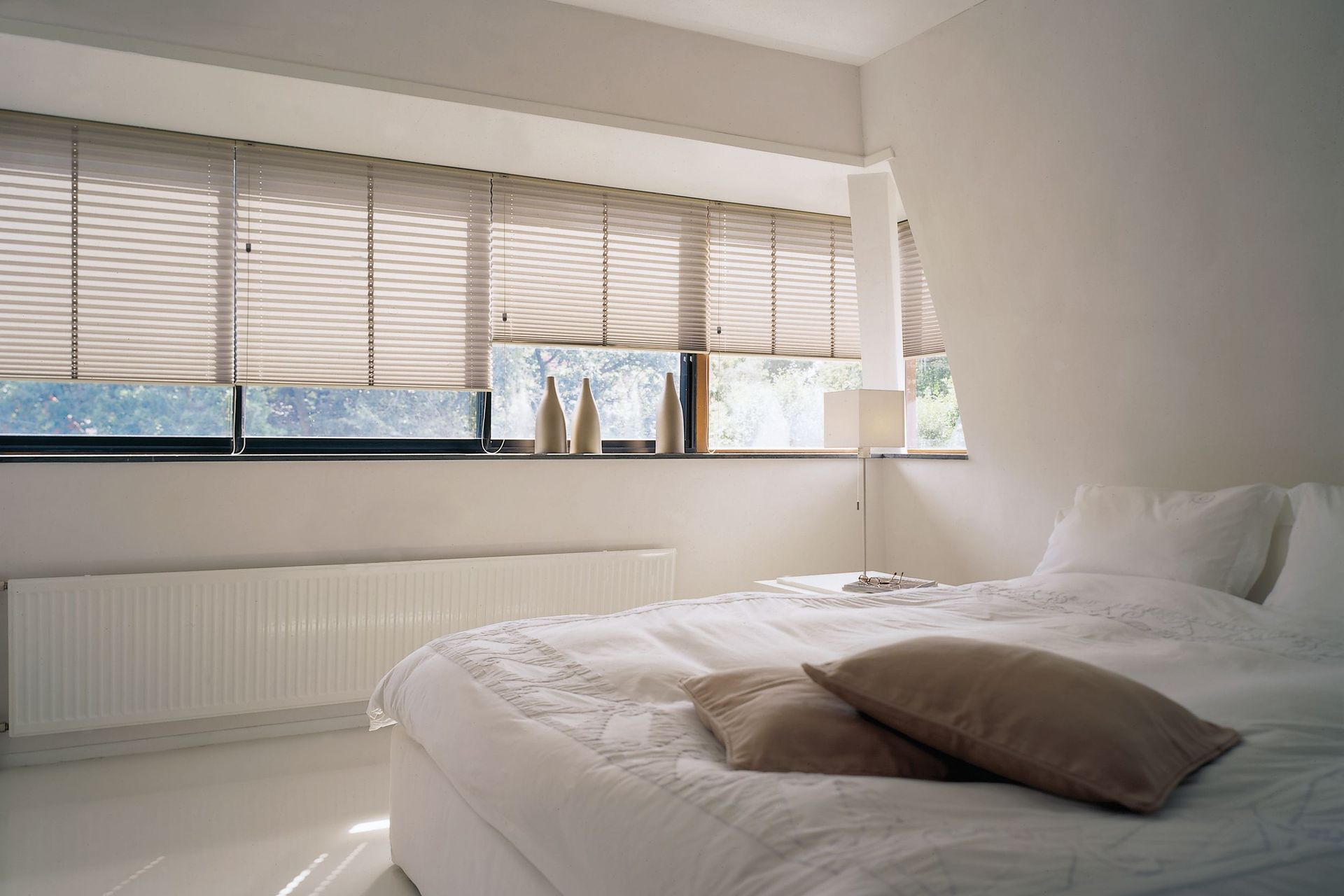The future of living: Insights into smart home design
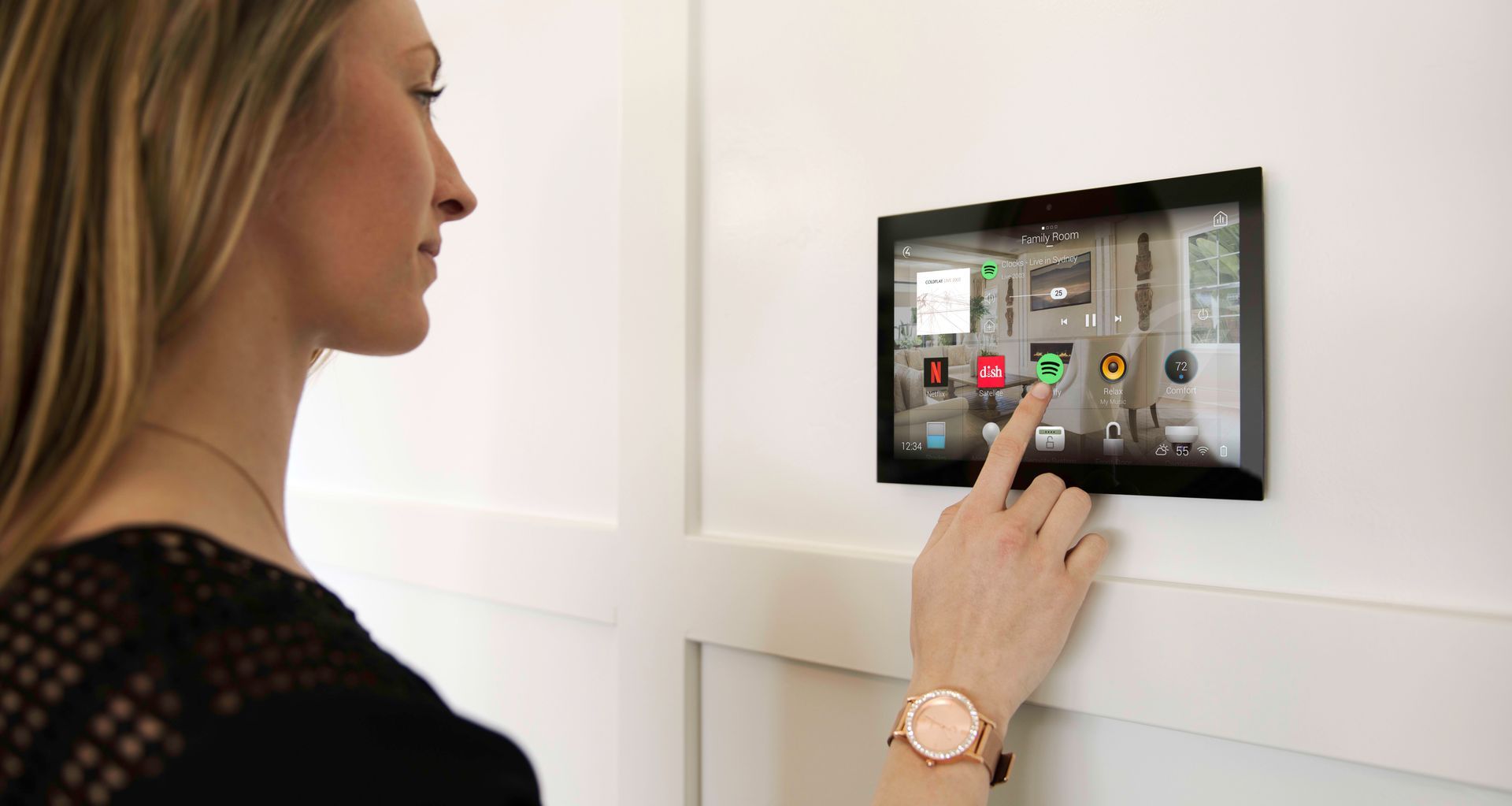
At its core, a smart home refers to a residence equipped with devices and systems that automate tasks traditionally requiring human intervention. This encompasses everything from lighting that adjusts to the time of day to thermostats that learn your preferences and security systems that can be monitored from anywhere in the world. The integration of such technologies is becoming increasingly prevalent, so much so that the smart home market in Australia is expected to be worth over $4.5 billion (USD) by 2026.
However, crafting a smart home is about more than integrating cutting-edge gadgets. It's about finding the right way to merge design aesthetics with technology, ensuring that these modern functionalities don't compromise living spaces' comfort or visual appeal.
How much does designing a smart home cost?
When designing a smart home, costs can range broadly based on your preferences and needs.
Basic set up
For a minimal setup or entry point, you may focus on basic lighting and a few appliances, costing between $300 and $1,500. This might include smart bulbs costing around $20 - $80 each, smart plugs ranging from $20 to $60 each, and a smart speaker, which can be between $70 and $300.
Moderate set up
If you're aiming for a moderate setup or installing devices in multiple rooms, incorporating security and environmental control, you might be looking at a budget range of $1,500 to $7,000. Within this range, you might include devices like smart thermostats, priced between $50 and $350, smart locks ranging from $150 to $400, and security cameras, which can cost between $100 and $300 each. Additionally, considerations like smart doorbells and smart blinds can be included, ranging from $150 to $400 and $200 to $1,000 each, respectively.
Advanced set up
For those seeking an advanced smart home system setup encompassing a comprehensive solution with high-end devices and professional installation, the budget can stretch from $7,000 to over $30,000. This budget might accommodate a high-end home automation system costing between $2,000 and $10,000, advanced audio systems ranging from $1,000 to $10,000, and advanced security systems between $1,000 and $5,000. Professional installation for such advanced setups can also significantly impact the budget, adding costs between $1,000 and $10,000 or more.
Beyond the device costs, it's important to consider the ongoing subscription services, which offer additional features for a monthly or yearly fee, typically ranging from $5 to $30 per month. Also, the need for professional installation for some devices, especially in an advanced setup, can add to the overall expense.
How to start your smart home design process
1. Consider your needs and daily routines
If you're starting the journey of designing a smart home, it's important you start by giving thoughtful consideration to your daily routines and lifestyle. Delve deep into your everyday habits and chores, pinpointing the aspects that are monotonous or inconvenient. Once you've done this, you can start thinking about potential devices that can save you time, give you more flexibility and improve your quality of life.
For example, if returning to a dark house is a concern, considering intelligent lighting solutions that activate as you approach can revolutionise your experience, or if maintaining an optimal temperature in your home is a priority, integrating a smart thermostat that adapts to your schedule could be an option to consider.
2. Start researching solutions
Define your goals
Starting your journey into smart home devices requires some initial groundwork to ensure a smooth experience. Begin by listing your existing devices and their operating systems, such as Alexa, Google Assistant, or HomeKit, to find new devices that will seamlessly integrate with your current ecosystem. Clearly define your needs from the outset, focusing on your primary goals, whether they are to save energy, bolster security, or simply add convenience to your daily routine. Keeping these needs in mind will allow you to streamline your search to devices that truly fit your lifestyle and avoid unnecessary complications.
Look into individual products
Once you’ve laid down the basics, delve into online research, utilising your defined needs as a guide to explore devices that align with your objectives. Examine user reviews and watch demonstration videos to gain insight into the real-world functionality and reliability of the devices. Pay keen attention to the experiences of other users, noting any recurrent issues or shortcomings that are mentioned. Checking compatibility is crucial; ensure any new device can communicate effectively with your existing ones, focusing particularly on the compatibility with your system.
Finalise your list
It’s also worth comparing prices across different retailers to ensure you are getting the best deal and keep an eye out for upcoming sales or discounts that could further reduce costs. Finally, once you have gathered ample information and narrowed down your options, finalise your list of devices to purchase, rechecking the details of each to confirm it aligns with your needs, budget, and existing setup.
3. Start with one room to begin with
It might be exciting to think about upgrading your entire home with smart tech, but it’s often wiser to start small. Begin by adding smart devices to one room or focusing on a specific need or use. This lets you learn how these devices work in your everyday life and see if they genuinely make things easier or better. Test out how well they work, how easy they are to use, and whether they actually make a difference in your day-to-day routines before adding more tech to other parts of your home. Taking it one step at a time can help you avoid getting overwhelmed and makes sure that every new device you add is actually useful and integrates well with your lifestyle.
What smart devices should you pick?
Choosing smart devices can be tricky, so it's best to start by considering more 'essential' or practical smart devices that will have the biggest impact on your home.
1. Choose a unified smart home hub or platform
When laying the groundwork for your smart home, the unified central hub or platform is crucial. A unified hub or platform for smart homes serves as a central control unit that integrates and manages various smart devices in your home. Think of it as the brain of your smart home, where all your devices, like lights, thermostats, security cameras, door locks, and more, communicate through this central system. Its purpose is to offer the homeowner the convenience of controlling, automating, and monitoring multiple devices from a single interface or app.

To choose a hub, assess your existing smart devices to ensure compatibility with your prospective platform. It's wise to choose a platform that will adapt to both current and future devices. Prioritise user-friendliness and integration capabilities, ensuring a seamless experience across all devices. Security is another crucial consideration; opt for platforms with a strong reputation for robust security measures. Lastly, consider your budget, but remember that investing in a reputable, adaptable platform can provide long-term value and ease.
2. Consider smart lighting
Smart lighting refers to any lighting system that allows for automated or remote control, offering enhanced functionality and flexibility compared to traditional lighting. This can include the ability to adjust the brightness, colour temperature, and even colour of the lights using a smartphone app, voice commands through a smart assistant or a dedicated remote control.
The benefits of smart lighting are extensive, ranging from convenience and energy savings to enhanced customisation and additional security by creating the illusion of an occupied home. For the best value, select well-reviewed products from trustworthy brands.
When you're looking at or choosing smart lighting or smart lights, it's vital to determine your needs upfront. Consider whether you seek the ability to alter the lighting's colour and mood or if you merely wish to control your lights remotely. Knowing your needs can assist you in choosing suitable products without spending on unnecessary features. Additionally, consider compatibility—ensure the smart lights you opt for integrate well with your existing smart devices, guaranteeing smooth control.
3. Invest in smart security solutions
Smart security solutions refer to integrated systems designed to monitor, detect, and alert homeowners to potential security breaches. Examples include CCTV cameras, smart locks, motion sensors, a video doorbell and door/window sensors, all often connected to the internet, allowing remote monitoring and control via smartphones or other devices.
As with other devices, it's important to first think about what you need security devices for. Determine the level of security you desire and the areas of your home you need to monitor. Understand whether you need video surveillance, intrusion detection, or access control, and select solutions that align with those needs.
Compatibility is also key. Ensure that the chosen security solutions can integrate seamlessly with any existing smart home devices or platforms you use, allowing for easier control and monitoring. Look for solutions with real-time alerts and user-friendly interfaces so you can respond swiftly to any security concerns.
Consider the installation process and opt for user-friendly devices if you prefer a hassle-free setup. Don't overlook the importance of researching brands and reading reviews to find reliable and well-supported products. Setting a budget is equally important, as the cost of smart security solutions can vary significantly, so determine how much you are willing to invest in your home security.

4. Improve energy efficiency and reduce costs with smart thermostats and heating systems
Smart thermostats and heating systems are essential for creating an efficient and comfortable smart home. These devices allow you to control your home's temperature remotely, potentially saving energy and reducing utility bills.
A smart thermostat allows you to control your home's climate remotely through a smartphone or voice-controlled device. It can learn your routine and preferences to automatically adjust the heating or cooling. For example, if you have a routine of leaving your house by 8 AM and returning by 6 PM, a smart thermostat could be programmed to reduce heating or cooling during the hours you are away.
A smart heating system can include smart heaters, radiators and boilers that can be controlled and monitored remotely, offering more efficient heating control and many practical advantages. For instance, if there are rooms in your house that you don't use frequently, you can have smart radiator valves, like those in a zoned heating system, which allow you to heat individual rooms only when needed. So, if you have a guest room that's only used occasionally, you won't waste energy heating it when it's not in use.
When selecting these devices and systems, consider your specific needs and existing home infrastructure. Check the compatibility of the systems with your current heating or cooling solutions and determine the functionalities you require, such as scheduling, geofencing, or integration with other smart devices.
Integration is also important. Choose devices that can work seamlessly with your existing smart home setup, ensuring ease of use and cohesive control of different devices. Pay attention to the installation process, opt for user-friendly solutions if you prefer an uncomplicated setup, and ensure the chosen systems align with your budget.
Additional smart devices to consider
Smart lighting, security, and heating solutions can all be considered 'essential' items and systems for designing a smart home. Beyond these, many smart home devices could be regarded as 'optional extras', that you may want to consider; these include:
Smart audio systems
Smart audio systems, such as smart speakers and soundbars, are advanced devices that can stream audio from the internet, controllable often via voice commands or dedicated apps. Examples of these are products from Sonos and Bose and those incorporating voice assistants like Amazon Alexa or Google Assistant. There are many practical uses for these products. For example, they can serve as personal assistants, setting reminders or alarms and providing news updates, making morning routines smoother. Or, for those who enjoy workouts at home, a smart audio system can play your favourite tunes or podcasts without the need to fiddle with buttons or screens.
Smart appliances
Smart appliances, such as refrigerators, ovens, toilets and washing machines, are equipped with advanced technologies that offer enhanced convenience, efficiency, and features. They can be controlled and monitored remotely through apps, allowing you to start a wash cycle or preheat your oven while you’re away, saving time and energy. They can also provide alerts for maintenance needs or supply shortages, like a refrigerator notifying you when you’re low on milk, making household management more proactive and less reactive.
Smart air purifiers
Smart air purifiers work to improve indoor air quality by removing contaminants like dust, pollen, and bacteria. Connected to Wi-Fi, they allow for remote monitoring and control of air quality via smartphone apps. This is especially beneficial for individuals with allergies, asthma, or other respiratory conditions, allowing them to manage their environments more effectively. Some models can also provide real-time air quality readings and filter replacement alerts, ensuring the air you breathe is clean and healthy.
Smart window treatments
Smart window treatments modernise homes by allowing remote and automated control of shades, blinds, and curtains. They can be manipulated through smartphone apps or voice commands, facilitating the adjustment of natural light and privacy based on users’ preferences. For instance, they can be scheduled to open or close at predetermined times, aligning with the occupants’ daily routines or simulating presence to enhance home security. Some are even equipped with sensors, enabling them to react to varying light and temperature conditions, optimising energy efficiency by blocking out heat during summer or letting in warmth during winter.
Final thoughts
The evolution of smart homes presents a significant opportunity for homeowners to enhance daily living through technology. Hopefully, these tips have given you some ideas you can implement, whether you're designing a new home from scratch or just looking to purchase smart technology for your existing home. Remember to prioritise your needs, do thorough research on available options, and consider future technology developments when making your device selections; by doing so, you'll be able to create a smart home that's both functional, stylish and enjoyable.

